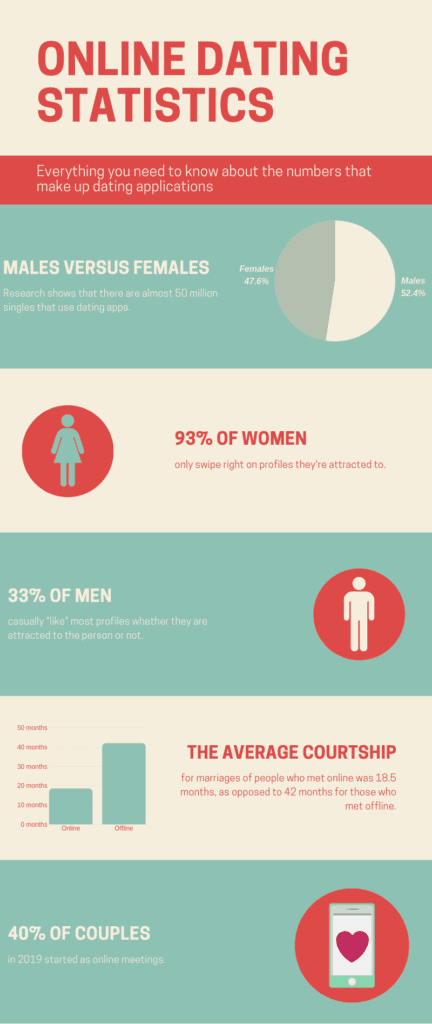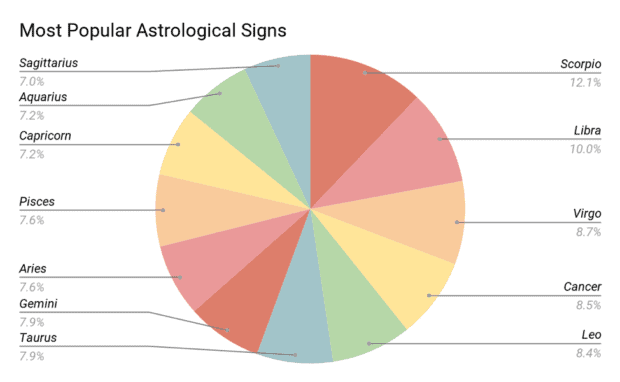What algorithms do dating apps use to find your next match? How is your personal data impacting your decision to go on a date? How is AI affecting your dating life? Find out below.
Technology has changed the way we communicate, the way we move, and the way we consume content. It’s also changing the way we meet people. Looking for a partner online is a more common occurrence than searching for one in person. According to a study by Online Dating Magazine, there are almost 8,000 dating sites out there, so the opportunity and potential to find love is limitless. Besides presenting potential partners and the opportunity for love, these sites have another thing in common — data. Have you ever thought about how dating apps use the data you give them?

How are dating apps using your data?
All dating applications ask the user for multiple levels of preferences in a partner, personality traits, and preferred hobbies, which raises the question: How do dating sites use this data? On the surface, it seems that they simply use this data to assist users in finding the best possible potential partner. Dating application users are frequently asked for their own location, height, profession, religion, hobbies, and interests. How do dating sites actually use this information as a call to action to find you a match?
- Natural Language Processing (NLP) looks at social media feeds to make conclusions about users and assess potential compatibility with others. AI programs use this input to look for other users with similar input to present to the user. Furthermore, these programs learn user preferences based on profiles that they agree to or reject. Simply put, the application learns the types of people you are liking and will subsequently put more people like that in front of you to choose from.
- Deep Learning (DL) sorts through facial features of profiles that you have “liked” or “disliked.” Depending on how homogenous your “likes” are, the variety of options presented to you will change.
What algorithms are these dating apps using?
Hinge calls itself “the dating app that was designed to be deleted.” It uses a Nobel Prize winning algorithm to put its users together. Known as the Gale-Shipley algorithm, this method looks at users’ preferences, acceptances, and rejections to pair people together. Hinge presents this information to the user with a notification at the top of the screen that lets the person know of high potential compatibility with the given profile. Research shows that since launching this “Most Compatible” feature, Hinge been able to guide its users toward people more suited for them. Research shows that people were eight times more likely to swipe right and agree to a “most compatible” recommendation than the alternative without one. This is ultimately resulting in not only more relationships, but relationships of better quality as well.
OkCupid’s algorithm uses a similar compatibility feature to match its users together. When filling out a profile for this dating app, users can respond to an extensive questionnaire about their personal traits as well as the traits they are looking for in a partner. For example, someone could report that they are very messy and looking for someone moderately messy. OkCupid would then present the user with potential partners who are moderately messy looking for people who are very messy. The algorithm goes one step further than simple response based matching, it ranks the importance of each trait to pair users as well. This approach must be working because OkCupid was the most mentioned dating app in the New York Times wedding section.

Not all dating apps use this compatibility approach. Tinder, for instance, relies almost completely on location and images to suggest potential partners to its users. The other aspect to Tinder’s algorithm is based on a desirability factor. In this case, the more “likes” you get will result in people being presented to you who also get a lot of “likes.” It also works in the opposite circumstance where users who don’t receive a lot of “likes” will be presented with people who also don’t receive a lot of “likes.” As a result, 1.6 billion swipes occur daily on Tinder.
A final example of algorithms in dating apps is how Bumble users can now filter preferences beyond personality traits, professions, and appearances. They are able to filter potential partners by zodiac signs. In many cultures across the globe, astrological signs have been and continue to be used to measure the compatibility of a couple. Bumble’s AI program takes into account user preferences as well as sign compatibility when presenting a potential partner to its user. Matching zodiac signs is another instance of dating app technology working with user data to create the most compatible matches. The extensiveness of Bumble’s algorithm results in over 60% of matches leading to a conversation. See the chart below for the most popular zodiac signs according to a study of 40 million users by Jaumo.

Conclusion
AI in dating sites goes beyond the individual’s knowledge of their own personality. It gets to know the users better than they know themselves. By monitoring both user input and user behavior, AI in dating applications truly gets to know the most holistic version of the user. It goes beyond the user’s own notion of themself to reveal truths about the type of partner they are really looking for. The AI in dating apps aims to reconcile a user’s idealized version of a potential partner with the reality of the types of profiles they like. The trajectory of this revolutionizes the way data will continue to be used in AI mechanisms to help humanity achieve results on multiple platforms, even in dating.





